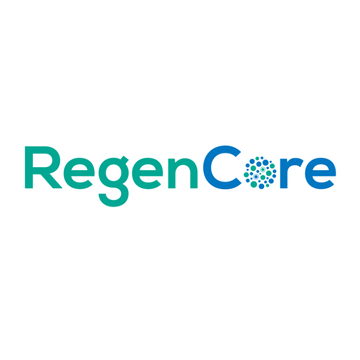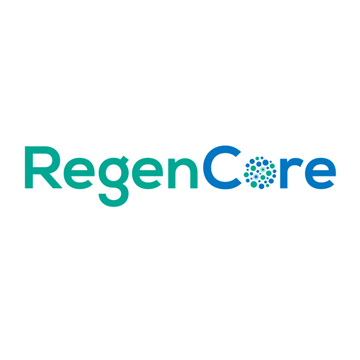Because of its potential to completely alter the way many diseases are treated medically, stem cell treatments in Palo Alto, CA, have recently attracted a lot of interest. It is crucial that patients and their families know what to anticipate from treatments involving these extraordinary cells as scientists and doctors keep exploring the possibilities they provide. By delving into stem cell therapy's uses, effectiveness, and the patient experience as a whole, this article hopes to untangle the knottiest questions surrounding this treatment.
Orthopedic Utilization
When it comes to orthopedics, stem cell treatments are among the most common ways that problems like osteoarthritis and joint injuries are addressed. Stem cell injections are a common method for patients with chronic pain to alleviate their symptoms. These injections work by reducing inflammation and promoting repair in the joints. There has been encouraging research in this field, and many patients have reported substantial reductions in pain and increases in mobility after receiving treatment.
Neurodegenerative Diseases: Untapped Potential
Stem cell therapies are being studied for their possible use in treating neurological diseases including multiple sclerosis and Parkinson's disease, in addition to orthopedic uses. Traditional medical therapies have long been challenged by these disorders, which are marked by the progressive loss of nervous system function. We still don't know enough about stem cell therapy to draw any firm conclusions about its efficacy or long-term effects, although it shows promise in repairing damaged neurons and returning to normal function.
Setting Reasonable Goals for Stem Cell Therapy
Patients thinking about stem cell therapy should not go into it with unrealistic expectations. Because this is a rapidly developing area and not all medical facilities follow the same protocols, it is critical to do your homework before committing to any therapy. Patients should only seek therapy from well-respected medical facilities that are actively participating in evidence-based clinical studies. Patients can better understand their options and choose the best course of treatment for their disease by consulting with a healthcare provider knowledgeable in regenerative medicine.
The Course of Treatment
A comprehensive evaluation to determine eligibility is usually the first step in receiving stem cell treatment. Imaging tests, evaluations of medical history, and talks about risks and benefits may all be part of this process. Bone marrow, adipose tissue, or umbilical cord blood are some of the places a patient's stem cells can be retrieved from after they've been cleared for therapy. Afterward, the cells are prepared and either injected into the desired location or given intravenously, as per the treatment plan.
Treatment Follow-Up and Evaluation
Patients must understand that the process is just the beginning. To get the most out of treatment and minimize any negative effects, it's important to keep an eye on the patient thereafter. In order to speed up the healing process and keep the treatment's effects going, patients might have to do physical therapy or rehabilitation.
RegenCore: Regenerating Hope Responsibly
Patients should proceed with knowledge when considering stem cell treatment in Palo Alto, CA, despite the fact that they provide potential new pathways to health and wellness. People can make better judgments about their health and wellness if they know what to anticipate from these treatments. People in search of effective therapeutic options are keeping their fingers crossed that stem cell treatments will become more accessible as regenerative medicine develops further.




